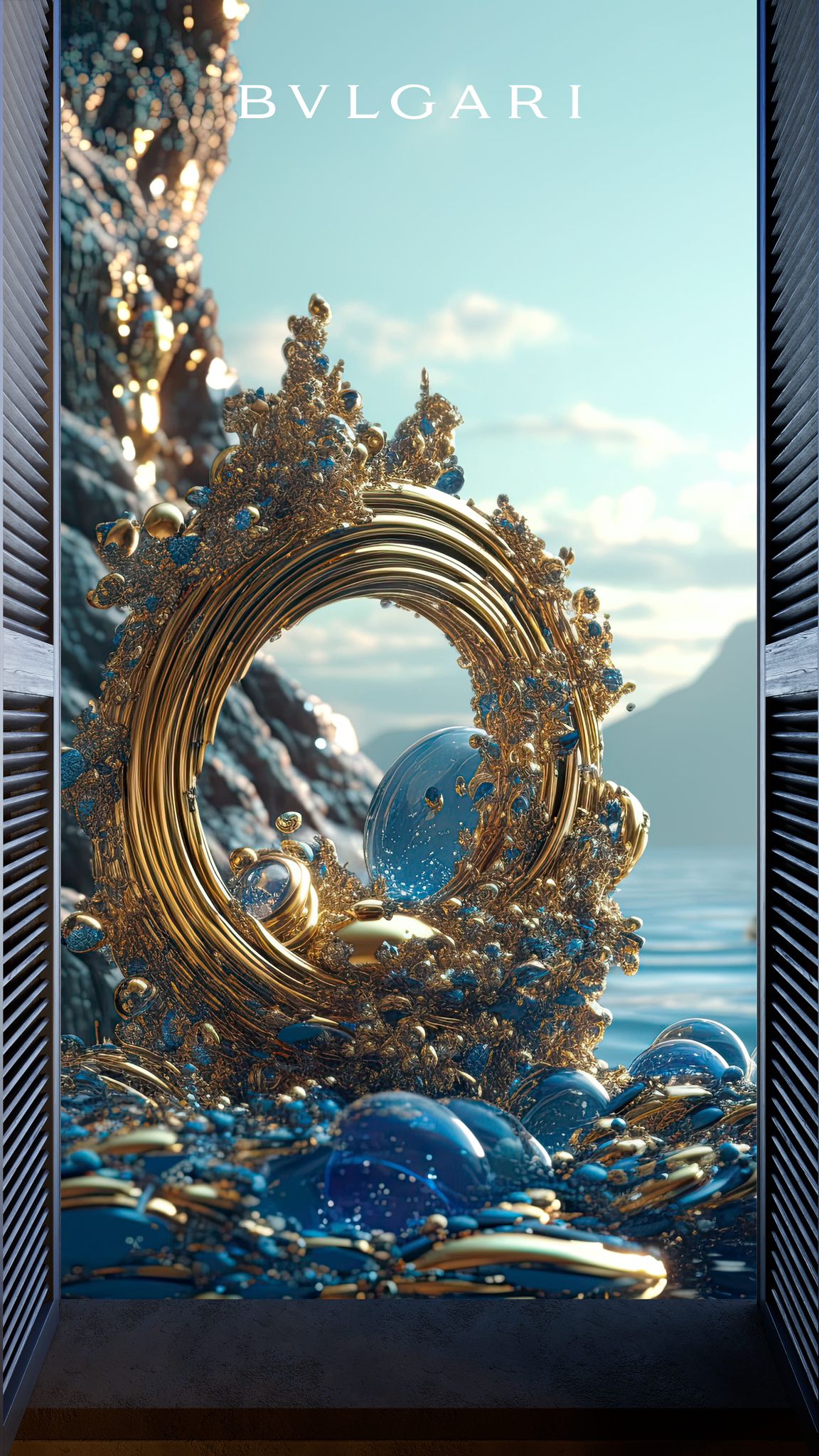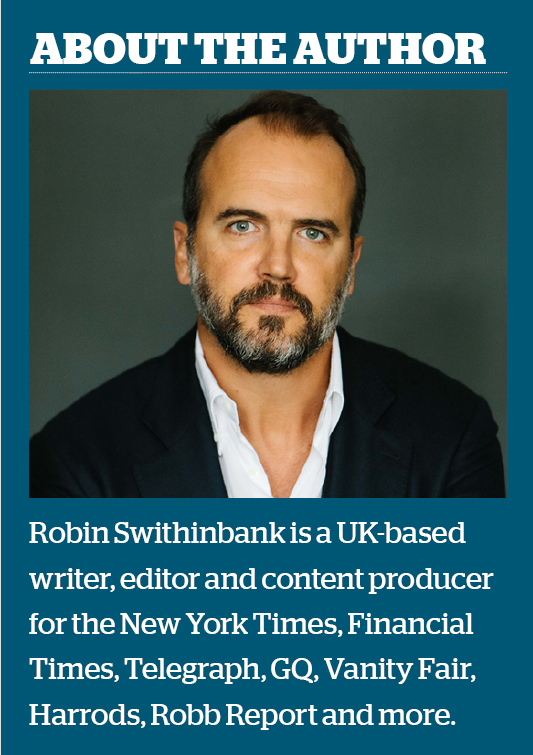A few days before writing this column, I was talking to a friend about his company. I’d once written him some copy to help him talk about what it does. Make stuff, sell stuff, that kind of thing.
Now, he needed an update, so he’d asked ChatGPT to rewrite it and wanted to know what I thought.
Which is a bit like asking your wife if she thinks her best friend is pretty.
I wish I could sit here and tell you I laughed a deep belly-laugh, ROFLing at the machine’s cloddish vocabulary and clunky syntax.
But I didn’t. I couldn’t. Instead I read with pure terror the rhythmical, perfectly formed sentences it had spewed out, unable to find fault with it.
It had grasped the essence of the business, as well, not just factually, but in spirit, too.
Oh, hell.
This won’t be the last time this happens to me. Or to other writers. Or to the many millions of us who are about to discover that a dislocated assembly of protocols and code (a sort of all-seeing, limbless Johnny 5 with megalomaniac tendencies) will soon be doing our jobs for us.
Only faster, better and without ever asking for a pay rise.
Powerful people, from Elon Musk to our very own northern waxwork William Hague, are encouraging us to prepare for the inevitable.
Get ready, skill up, retrain they say. Fine, but as what?
Not all that long ago I would have been dead by my age, and now I’m expected to become a plasterer? A rice picker?
OK, so maybe AI will cure cancer. And maybe it will do my taxes for me. Great. But I’d trade that for not having it at all.
Because if it’s going to make loads of us redundant, death and taxes will catch up with us sooner than ever before.
Honest to god, I’ve yet to use ChatGPT, part out of spite, more out of fear that in just a few months it might have become better than I am at something I’ve spent 30 years learning how to do.
Or longer, I suppose, if you count the holding the pen and spelling my own name bit.
One colleague mischievously invited it to write a piece about watches in the style of a well-known writer (it pretty much nailed it, apparently), but I can’t bring myself to do that. Not even for a laugh.
I have tried my hand at AI-generated design, though – in the name of a good story, you understand.
I was with Bulgari a couple of months back and quizzing the company chief executive Jean-Christophe Babin on whether he might ever embrace AI-designed watches and jewelry.
He could see it being used as a complement, he said. A tool, like CAD.
He then ushered me into a booth and invited me to try out his AI experience.
The idea was that you strapped a device to your head, allowed it to read your thoughts (the horror) while you watched a film for a few minutes.
Based on your reactions to this, it would then create a unique piece of AI-generated art.
Which it duly did.

I can only describe the result as odd, cold, aloof maybe, even if that doesn’t cast my emotional state in a particularly good light.
It was abstract, swirly, slightly dystopian and kind of intriguing, and like nothing I’ve ever seen or imagined.
Which I suppose is a good thing, because if it had drawn what was really on my mind, they might have called an ambulance.
I kept it on my phone and showed it to a few people, recognizing that even if I wouldn’t be finding a space for it in my downstairs loo, it did at least pass the pub-test story theory.
It drew wonder in some quarters, but I’m sure I detected fear, too, as if it might have been a harbinger of the AI-pocalypse.
The end of the world disguised in a Bulgari dress.
I found that reassuring.
It suggested people don’t want AI-generated art. Or AI-generated anything. Not people with self-preservation in mind, anyway.
Instead, they want humanity, connection and relationship. None of which AI will truly ever be able to offer.
The theory could be applied to anything, I suppose, but watchmaking brings it into sharp focus.
Here’s a category defined by humanity: for millennia, we’ve been trying to measure and control earth time, knowing all too well we’ll never have more than a finite quantity of it to play around with.
Whether on an egg timer or an atomic clock, the fingerprints of humanity are all over horology. Must we now wipe them off to make way for creepy bots?
If there’s hope yet, it’s in our human-ness.
Whether your metier is words, watches or anything else, the unspoken contract you have with your colleagues, clients and fellow humans is that you’re entering into a relationship, one that relies on trust, integrity and reciprocation.
 That’s a flesh-and-blood cocktail that a soulless algorithm muncher can’t replicate, and never will.
That’s a flesh-and-blood cocktail that a soulless algorithm muncher can’t replicate, and never will.
Like Johnny 5, AI will never be human. Clue’s in the name.
Ever the flirt, the industry will dabble with AI. But as with NFT watches, a worthless scourge if ever there was, some gormless gazers will be drawn to the light at first, before remembering the far more meaningful liaisons we have with each other, and therefore with the designer, the maker and even the guy with the ready smile who just wants to sell you a watch, and move on (or back, if we’re being literal).
So why not save ourselves the bother?
Before we come to pull the AI plug, let’s just not plug it in at all and kill off the dead-eyed spontaneity of artificially-generated watch design before it’s even born. And the rest.

